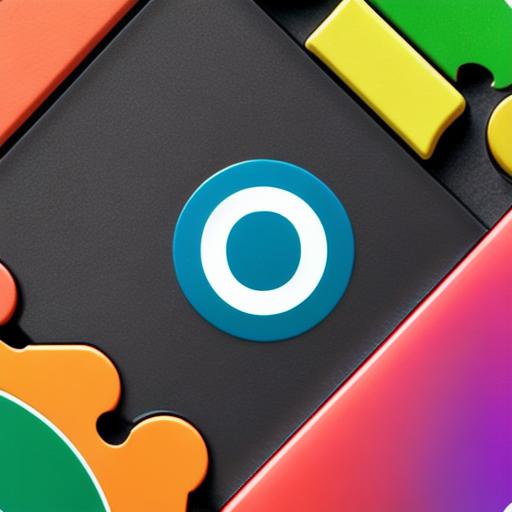Creating an Effective Mobile Game Design Document: A Comprehensive Guide for Mobile Game Developers
As a mobile game developer, creating an effective design document is crucial in bringing your game idea to life. In this comprehensive guide, we will discuss the essential components of a well-crafted design document and provide practical examples to help you get started.
1. Overview
Begin by outlining the basics of your game concept. This includes its genre, target audience, unique selling proposition, and game mechanics. For instance, "Our game is a puzzle-adventure title targeting the casual mobile gaming market. The core mechanic revolves around swapping colors to solve intricate puzzles."
2. Game Mechanics
Determine the fundamental rules that dictate how your game operates. Describe each mechanic in detail and how they interact with one another, ensuring a cohesive gameplay experience. For example, "The player can collect power-ups to increase their score multiplier or gain special abilities such as speed boosts."
3. Monetization Strategy
Explain your monetization strategy, which may include in-app purchases, ads, or a premium model. Provide rationale for the chosen approach and its potential impact on player engagement. For instance, "We will employ an in-app purchase system where players can buy additional power-ups and unlock new levels."
4. Art Style and Visual Design
Describe the aesthetic qualities of your game, including color palette, character designs, and environments. This section should convey the tone and atmosphere of your game to potential investors or team members. For example, "Our art style is reminiscent of retro pixel games with a modern twist, providing a nostalgic yet visually appealing experience."
5. User Interface (UI) Design

Design an intuitive UI that enhances the user experience. Ensure that all essential game information is easily accessible and that the controls are simple and responsive. For example, "The UI consists of minimalistic design with clear indicators for player health, score, and power-ups."
6. Sound Design
Explain the importance of sound in your game and provide examples of how it enhances the overall experience. Include details on background music, sound effects, and voiceovers, if applicable. For instance, "Our sound design is a combination of original compositions and ambient sounds to create an immersive atmosphere."
7. Performance and Technical Requirements

Specify the technical requirements for your game, including minimum hardware specifications, optimization strategies, and supported platforms. This information is essential for potential developers or investors. For example, "Our game will support both iOS and Android devices with a minimum requirement of 1GB RAM."
8. Marketing and Distribution Strategy
Outline your marketing and distribution strategy to ensure maximum reach and engagement. Utilize social media, influencer partnerships, and targeted advertising campaigns to generate buzz around your game. For example, "We will leverage social media platforms such as Facebook, Twitter, and Instagram, and partner with popular gaming influencers to promote our game."
9. Project Timeline and Milestones
Create a clear project timeline with defined milestones and deadlines to help keep your team focused and on track. For example, "Our development timeline includes a six-month preproduction phase, followed by a nine-month production cycle, and a three-month post-release support period."
In conclusion, an effective mobile game design document is the foundation of a successful project. By following these guidelines and providing detailed information on each aspect of your game, you will create a solid base for your development team to build upon. Remember, a well-crafted design document can save time, resources, and ultimately lead to a more successful game launch.
